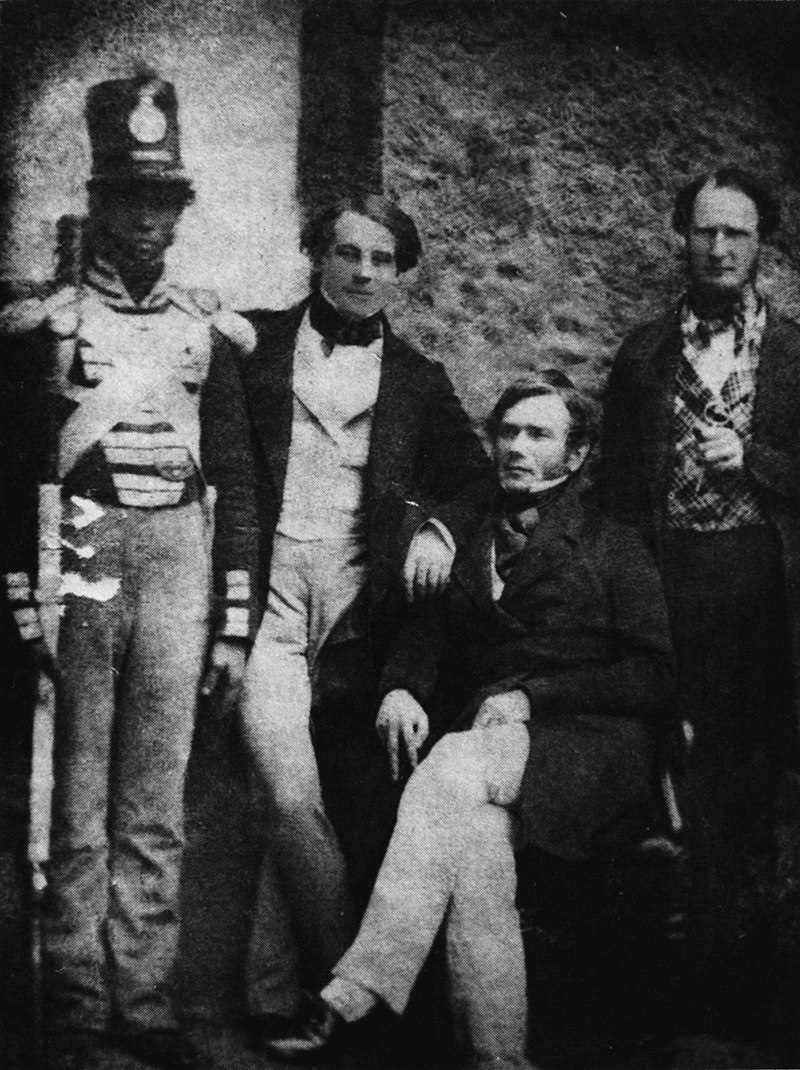The Tipperary Revolt became notable in Irish history on July 29, 1848. The Young Ireland Movement sparked it in response to the British government’s crackdown on Irish nationalists.
The revolt’s leaders, like William Smith O’Brien and Thomas Meagher, were inspired by the revolutionary waves in Europe, particularly the overthrow of the French monarchy. In addition, Ireland faced challenges due to the Great Famine, accentuating the crisis.
William Smith, O’Brien and Thomas Meagher even traveled to France to celebrate the new republic. Meagher returned with the now-iconic tricolor flag, further igniting the flames of Irish nationalism.
The British government feared an uprising and cracked down on the Young Irelanders. This move backfired, leading to an uprising in July 1848, primarily concentrated in County Tipperary. The young Irelanders were not ready for a situation where they could be arrested without trial.
The rebellion climaxed at Widow McCormack’s farmhouse in Ballingarry, hence the name “Battle of Widow McCormack’s Cabbage Patch.” Here, O’Brien and around 100 armed peasants gathered and confronted the police, who had taken refuge inside the farmhouse and held five children hostage.
However, the rebels were outnumbered since the revolt was poorly planned. This power imbalance resulted in a brief skirmish, during which the police overpowered the insurgents, killing two and dispersing the rest of the revolters.
The Young Irelander leaders were arrested and sentenced to death, but Queen Victoria intervened. Rather than executing the leaders, the British government transported them to penal colonies in Australia, preserving their lives.

